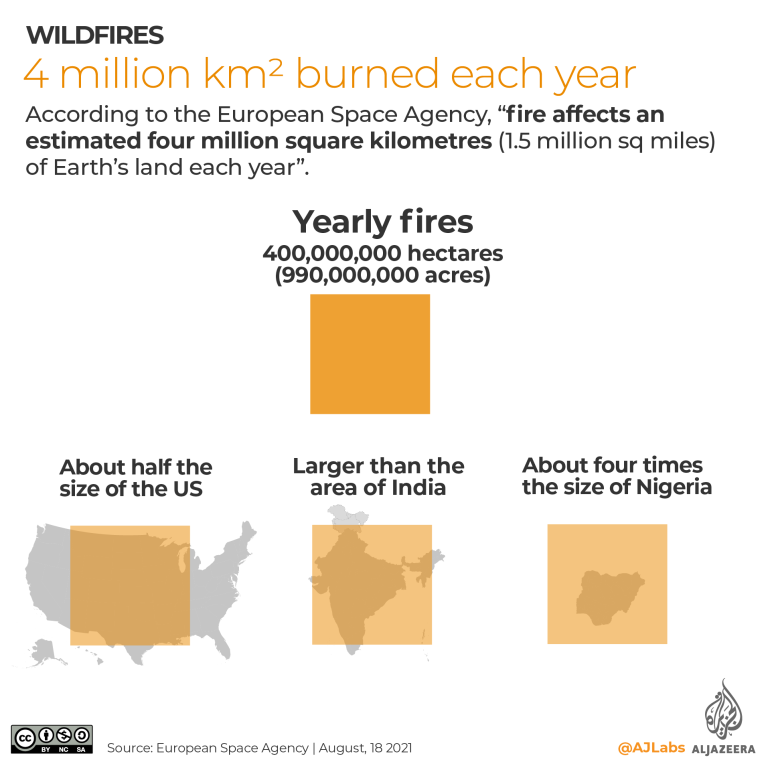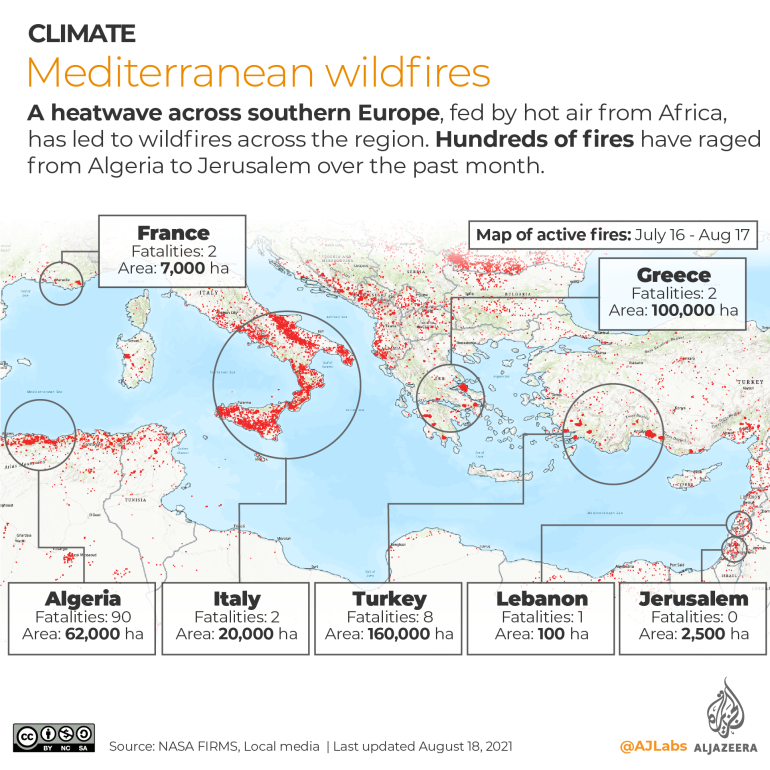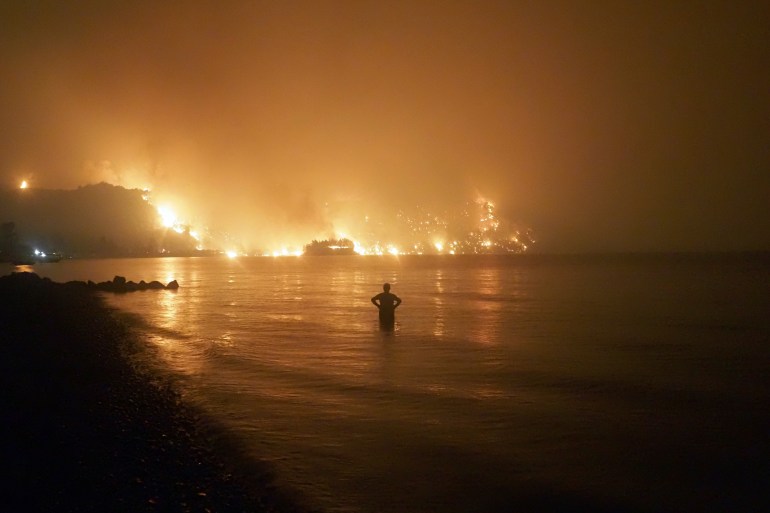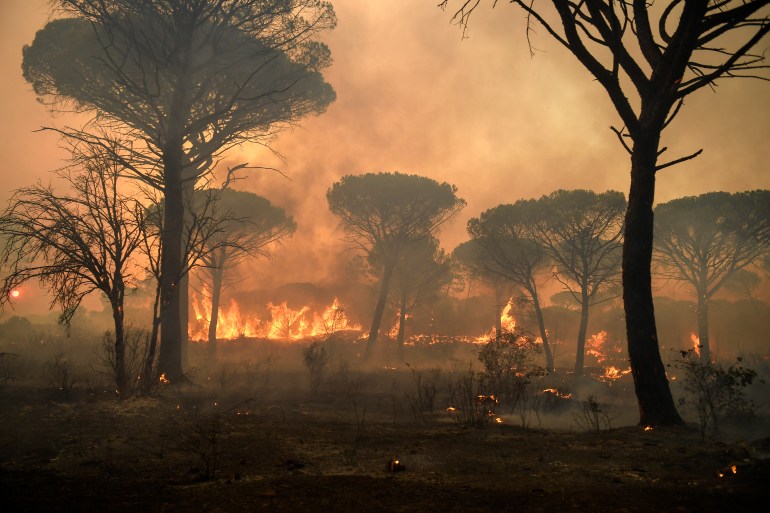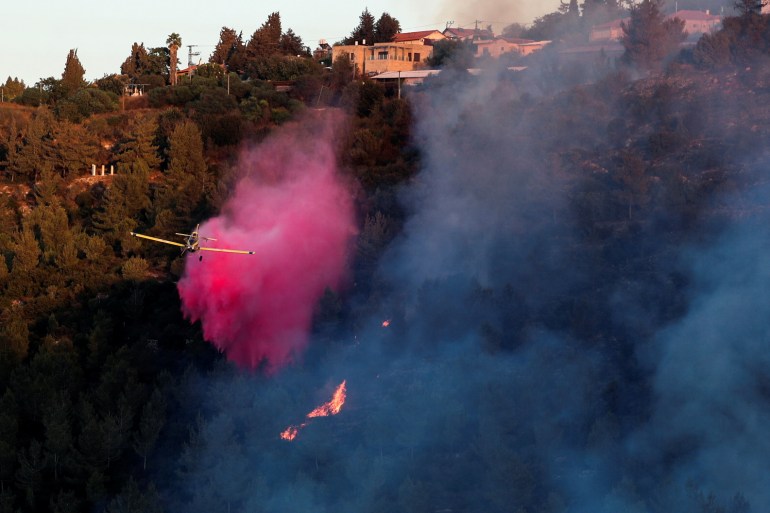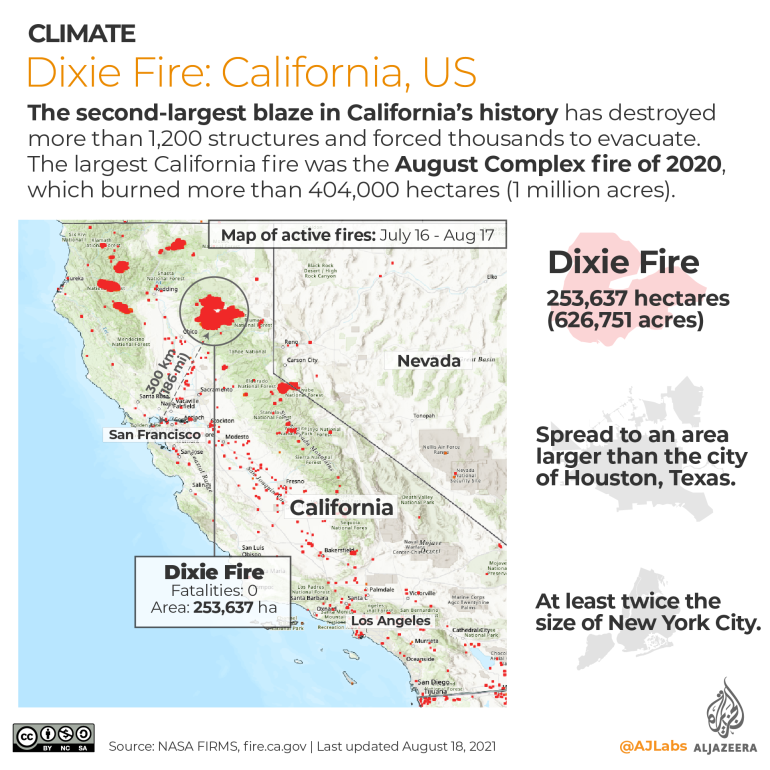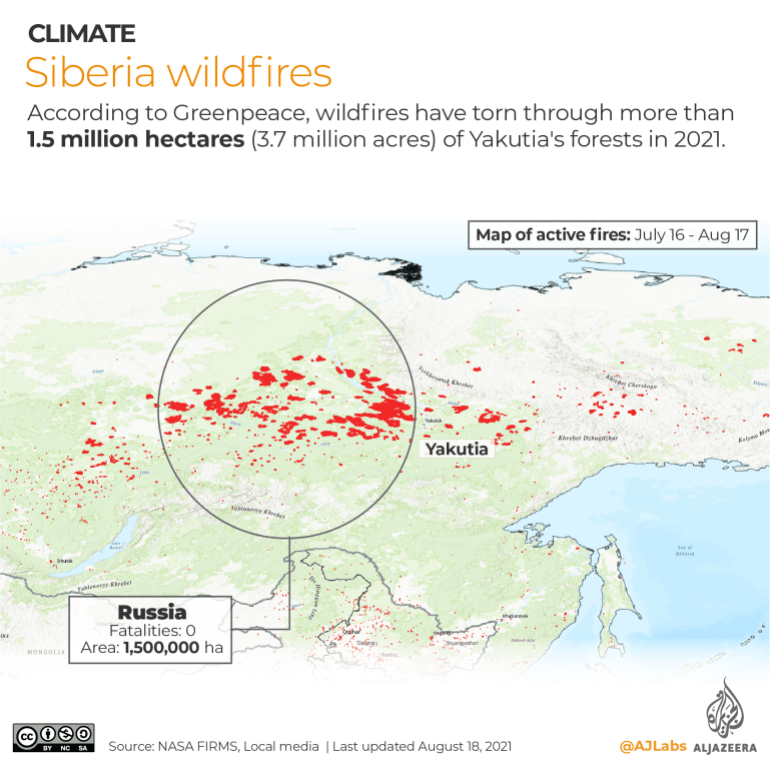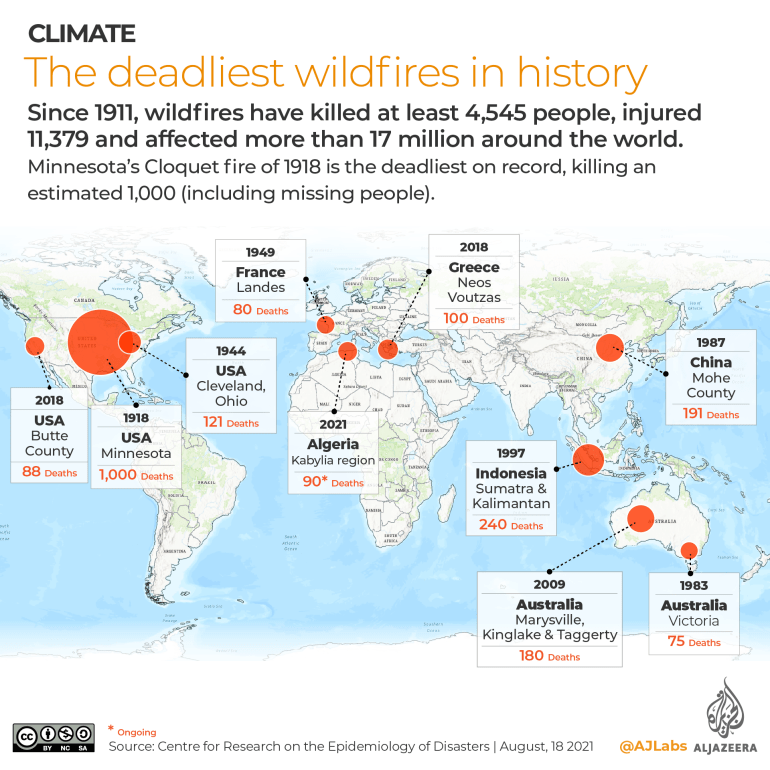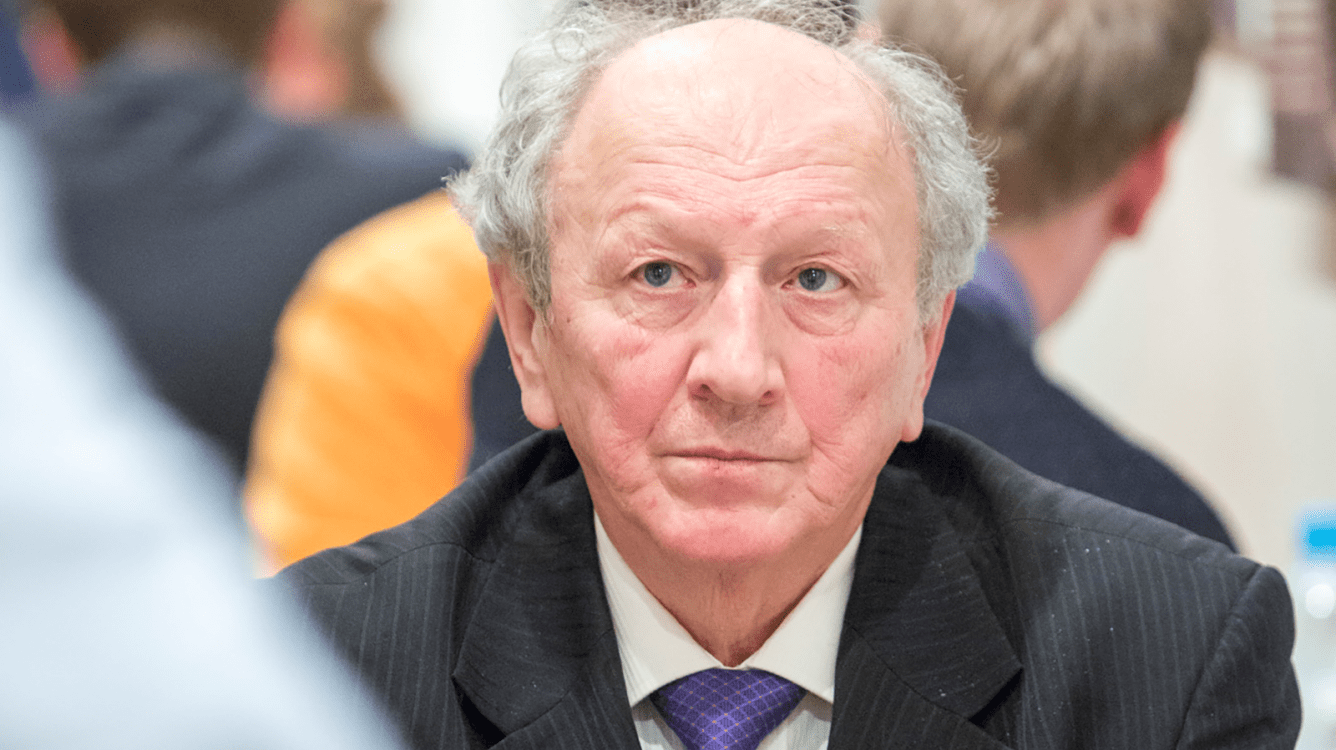AFGHAN NEWS
What will happen to Afghanistan’s economy under Taliban rule?
The largest-ever allocation of the International Monetary Fund’s Special Drawing Rights is set to go into effect Monday, including an estimated $460m in SDRs for Afghanistan, but the Taliban is currently blocked from accessing it.
Julia Horowitz
CNN Digital
Published Wednesday, August 18, 2021
The swift fall of Afghanistan to Taliban fighters two decades after the United States invaded the country has triggered a political and humanitarian crisis. It's also causing security experts to wonder: What's going to happen to the country's vast untapped mineral wealth?
Afghanistan is one of the poorest countries in the world. But in 2010, US military officials and geologists revealed that the country, which lies at the crossroads of Central and South Asia, was sitting on mineral deposits worth nearly US$1 trillion that could dramatically transform its economic prospects.
Supplies of minerals such as iron, copper and gold are scattered across the country. There are also rare earth minerals and, perhaps most importantly, what could be one of the world's biggest untapped deposits of lithium — an essential but scarce component in rechargeable batteries and other technologies vital to tackling the climate crisis.
"Afghanistan is certainly one of the regions richest in traditional precious metals, but also the metals [needed] for the emerging economy of the 21st century," said Rod Schoonover, a scientist and security expert who founded the Ecological Futures Group.
Security challenges, a lack of infrastructure and severe droughts have prevented the extraction of most valuable minerals in the past. That's unlikely to change soon under Taliban control. Still, there's interest from countries including China, Pakistan and India, which may try to engage despite the chaos.
"It's a big question mark," Schoonover said.
HUGE POTENTIAL
Even before U.S. President Joe Biden announced that he would withdraw U.S. troops from Afghanistan earlier this year, setting the stage for the return of Taliban control, the country's economic prospects were dim.
As of 2020, an estimated 90% of Afghans were living below the government-determined poverty level of $2 per day, according to a report from the US Congressional Research Service published in June. In its latest country profile, the World Bank said that the economy remains "shaped by fragility and aid dependence."
"Private sector development and diversification is constrained by insecurity, political instability, weak institutions, inadequate infrastructure, widespread corruption, and a difficult business environment," it said in March.
Many countries with weak governments suffer from what's known as the "resource curse," in which efforts to exploit natural resources fail to provide benefits to local people and the domestic economy. Even so, revelations about Afghanistan's mineral wealth, which built on earlier surveys conducted by the Soviet Union, have offered huge promise.
Demand for metals like lithium and cobalt, as well as rare earth elements such as neodymium, is soaring as countries try to switch to electric cars and other clean technologies to slash carbon emissions.
The International Energy Agency said in May that global supplies of lithium, copper, nickel, cobalt and rare earth elements needed to increase sharply or the world would fail in its attempt to tackle the climate crisis. Three countries — China, the Democratic Republic of Congo and Australia — currently account for 75% of the global output of lithium, cobalt and rare earths.
The average electric car requires six times more minerals than a conventional car, according to the IEA. Lithium, nickel and cobalt are crucial to batteries. Electricity networks also require huge amounts of copper and aluminum, while rare earth elements are used in the magnets needed to make wind turbines work.
The U.S. government has reportedly estimated that lithium deposits in Afghanistan could rival those in Bolivia, home to the world's largest known reserves.
"If Afghanistan has a few years of calm, allowing the development of its mineral resources, it could become one of the richest countries in the area within a decade," Said Mirzad of the US Geological Survey told Science magazine in 2010.
EVEN MORE OBSTACLES
That calm never arrived, and most of Afghanistan's mineral wealth has remained in the ground, said Mosin Khan, a nonresident senior fellow at the Atlantic Council and former Middle East and central Asia director at the International Monetary Fund.
While there has been some extraction of gold, copper and iron, exploiting lithium and rare earth minerals requires much greater investment and technical know-how, as well as time. The IEA estimates that it takes 16 years on average from the discovery of a deposit for a mine to start production.
Right now, minerals generate just $1 billion in Afghanistan per year, according to Khan. He estimates that 30% to 40% has been siphoned off by corruption, as well as by warlords and the Taliban, which has presided over small mining projects.
Still, there's a chance the Taliban uses its new power to develop the mining sector, Schoonover said.
"You can imagine one trajectory is maybe there's some consolidation, and some of this mining will no longer need to be unregulated," he said.
But, Schoonover continued, the "odds are against it," given that the Taliban will need to devote its immediate attention to a wide range of security and humanitarian issues.
"The Taliban has taken power but the transition from insurgent group to national government will be far from straightforward," said Joseph Parkes, Asia security analyst at risk intelligence firm Verisk Maplecroft. "Functional governance of the nascent mineral sector is likely many years away."
Khan notes that foreign investment was hard to come by before the Taliban ousted Afghanistan's civilian Western-backed government. Attracting private capital will be even more difficult now, particularly as many global businesses and investors are being held to ever higher environmental, social and governance standards.
"Who's going to invest in Afghanistan when they weren't willing to invest before?" Khan said. "Private investors are not going to take the risk."
U.S. restrictions could also present a challenge. The Taliban has not been officially designated as a Foreign Terrorist Organization by the United States. However, the group was placed on a US Treasury Department list of Specially Designated Global Terrorists and a Specially Designated Nationals list.
AN OPPORTUNITY FOR CHINA?
State-backed projects motivated in part by geopolitics could be a different story. China, the world leader in mining rare earths, said Monday that it has "maintained contact and communication with the Afghan Taliban."
"China, the next-door neighbour, is embarking on a very significant green energy development program," Schoonover said. "Lithium and the rare earths are so far irreplaceable because of their density and physical properties. Those minerals factor into their long-term plans."
Should China step in, Schoonover said there would be concerns about the sustainability of mining projects given China's track record.
"When mining isn't done carefully it can be ecologically devastating, which harms certain segments of the population without a lot of voice," he said.
Beijing could be skeptical of partnering on ventures with the Taliban given ongoing instability, however, and may focus on other regions. Khan pointed out that China has been burned before, having previously tried to invest in a copper project that later stalled.
"I believe they will prioritize other emerging/frontier geographies well before Taliban-led Afghanistan," said RK Equity partner Howard Klein, who advises investors on lithium.
Matt Egan and Charles Riley contributed reporting
Issued on: 15/08/2021 -

Kabul (AFP)
The Taliban have released footage showing captured US-made Afghan military helicopters at Kandahar airport, until recently one of the most important US bases in the country.
The insurgents have been quick to show off their war spoils in the southern city -- their spiritual birthplace and now one of the biggest prizes in a countrywide blitz that has left the capital Kabul surrounded by Taliban fighters.
The fall of Kandahar -- Afghanistan's second-biggest city -- on Friday meant the insurgents once again had full control of their ethnic Pashtun heartland.
In footage posted on Taliban social media accounts Saturday, an insurgent is seen walking around a US-made Black Hawk military helicopter, which is in brown-green camouflage with Afghan Air Force markings, purportedly at a Kandahar airport hangar.
He then walks out and another Black Hawk is seen in the distance on the tarmac.
As he walks to the side of the hangar, two Russian military helicopters are seen as another person is heard saying "Mashallah" -- an Islamic term of praise.
It was not clear if any of the helicopters were airworthy.
The Black Hawk inside the hangar was seemingly in storage, with a black sheet covering its windshield and its left engine apparently missing.
The two Russian helicopters outside the hangar were missing their blades, with a sheet covering the front of one airframe.
One of the fighters is heard claiming there are five military helicopters at the airport, and several jets.
AFP could not independently verify the number of helicopters and planes at Kandahar airport.
While the Taliban have been able to deploy other equipment on the battlefield, experts have cast doubt about the utility of captured helicopters and planes -- if they are not just husks.
The Taliban are not known to possess the pilots or technical personnel needed to fly them.
But their capture is a symbolic boon for the insurgents and an embarrassment for the Western coalition ahead of the 20th anniversary of 9/11, the deadline for the American withdrawal.

The Kandahar video was released just a day after the Taliban captured the city from Afghan forces, which have lost all major cities except Kabul.
Images such as these have emerged from cities across Afghanistan that have fallen to the Taliban, showing insurgents posing with captured weapons and patrolling in vehicles once used by Afghan spies and elite forces.
Taliban fighters have also seized tactical vehicles, humvees, small arms and ammunition.
Washington supplied much of that hardware to the Afghan military, to the tune of $88 billion since 2002.
With US troops all but gone, Taliban fighters are now flush with American-supplied arms and equipment -- often left by retreating Afghan forces.
© 2021 AFP
Issued on: 19/08/2021 -

United Nations (United States) (AFP)
The Taliban is intensifying a search for people who worked with US and NATO forces, a confidential United Nations document says, despite the militants vowing no revenge against opponents.
The report -- provided by the UN's threat-assessment consultants and seen by AFP -- says the group has "priority lists" of individuals it wants to arrest.
Most at risk are people who had central roles in the Afghan military, police and intelligence units, according to document.
The Taliban have been conducting "targeted door-to-door visits" of individuals they want to apprehend and their family members, the report says.
It adds that militants are also screening individuals on the way to Kabul airport and have set up checkpoints in major cities, including the capital and Jalalabad.
The document, dated Wednesday, was written by the Norwegian Center for Global Analyses, an organization that provides intelligence to UN agencies.
"They are targeting the families of those who refuse to give themselves up, and prosecuting and punishing their families 'according to Sharia law,'" Christian Nellemann, the group's executive director, told AFP.
"We expect both individuals previously working with NATO/US forces and their allies, alongside with their family members to be exposed to torture and executions.
"This will further jeopardize western intelligence services, their networks, methods and ability to counter both the Taliban, ISIS and other terrorist threats ahead," he added.
The report says the militants are "rapidly recruiting" new informers to collaborate with the Taliban regime and are expanding their lists of targets by contacting mosques and money brokers.
The Taliban have launched a public relations blitz since sweeping back into power on Sunday, including promising a full amnesty for all who worked with the elected Afghan government.
But Afghans and observers have not forgotten the Taliban's ultra-conservative Islamic regime of 1996-2001 when brutal punishments, such as stoning to death for adultery, were imposed.
© 2021 AFP
BJP leader Subramanian Swamy thinks India should offer refuge to the former president of Afghanistan, Ashraf Ghani. According to Swamy, Ghani could be of serious help to India.
ByNews Desk
19 August 2021

Thursday, Subramanian Swamy suggested that the Indian government invite Ghani to live in India and form a government in exile. According to Swamy, the former Afghan President Ashraf Ghani has high education and can help India.
He also stated that this will help India when the Taliban “infiltrates Pakistan-occupied Kashmir” with modern US army weapons.
According to reports, the Taliban seized billions of dollars of U.S. weapons following the quick collapse of Afghan security forces. Among the items seized by the Taliban are Black Hawk helicopters and A-29 Super Tucano attack aircraft.
Read more: The evolution of Taliban’s military strategy
“India should invite Fmr Afghanistan President Dr. Ghani to live in India. He is relatively highly educated (mostly in the US) and can help India to form a future emigre Afghan government when Taliban infiltrates PoK with modern US army weapons,” Swamy tweeted.
This is not the first time Swamy suggested a ‘government in exile.’ Previously, he said India needs to form an Afghan Government in Exile with President Ghani as the head.
“Taliban in Doha assured the US a peaceful transition and a coalition Govt with President Ghani. Has it kept its word? India should therefore form the Afghan Government in Exile in New Delhi with President Ghani as head and declare imminent Taliban Govt in Kabul as illegal,” Swamy tweeted on August 14.According to Swamy, the Taliban did not honor their promise of a peaceful transition and a coalition Govt with Ghani. He also said that India should declare the Taliban Govt in Kabul illegal.
Read more: Indian-Taliban tensions might spell trouble for the Afghan peace process
Twitter reaction to Swamy
Subramanian Swamy’s proclamations sparked a debate on Twitter. Some Twitteratis lauded him for his insightful suggestion.
“India must provide help with arms & ammunition to the Anti-Taliban alliance led by Ahmad Massoud & Fmr VP Amrullah Saleh in Panjshir Province. Already Ahmad Massoud asked for help through an op-ed in Washington Post,” one Twitter user wrote.
However, many of the Twitter users did not agree with Swamy’s suggestions. As a result, they claimed that it was absurd. Moreover, they poked fun at Ashraf Ghani saying that he could not build relationships for Afghanistan, so how can he help India.
![Despite controlling the government, the Taliban has little access to Afghanistan's central bank reserves that are held abroad [File: Rahmat Gul/AP Photo]](https://www.aljazeera.com/wp-content/uploads/2021/08/AP21227479643169-1.jpg?resize=770%2C513)

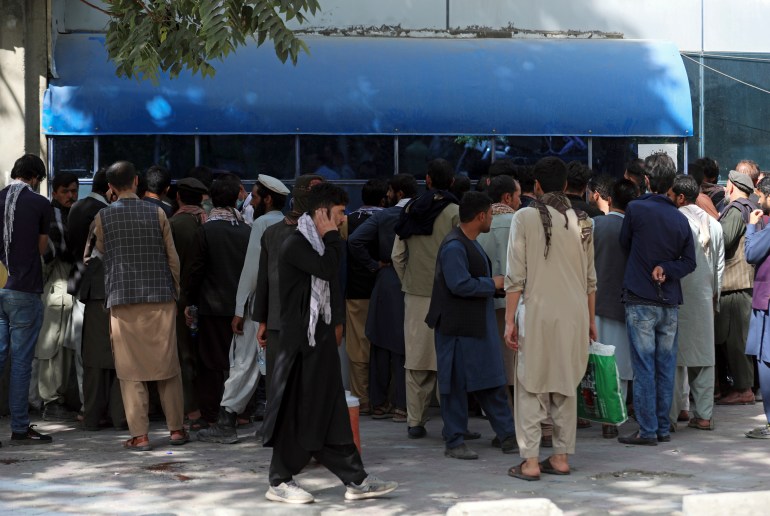



 Residents look on as workers receive humanitarian aid from a US helicopter at Les Cayes airport after Saturday’s magnitude 7.2 earthquake [Henry Romero/Reuters]
Residents look on as workers receive humanitarian aid from a US helicopter at Les Cayes airport after Saturday’s magnitude 7.2 earthquake [Henry Romero/Reuters]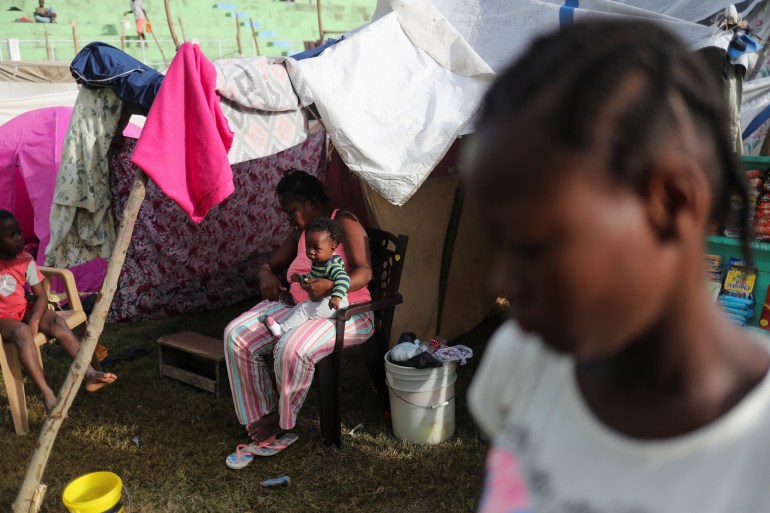 A woman sits with her child at a stadium used as a shelter for residents who were evacuated from their damaged homes after Saturday’s 7.2 magnitude quake, in Les Cayes, Haiti August 18, 2021. [Henry Romero/Reuters]
A woman sits with her child at a stadium used as a shelter for residents who were evacuated from their damaged homes after Saturday’s 7.2 magnitude quake, in Les Cayes, Haiti August 18, 2021. [Henry Romero/Reuters]
